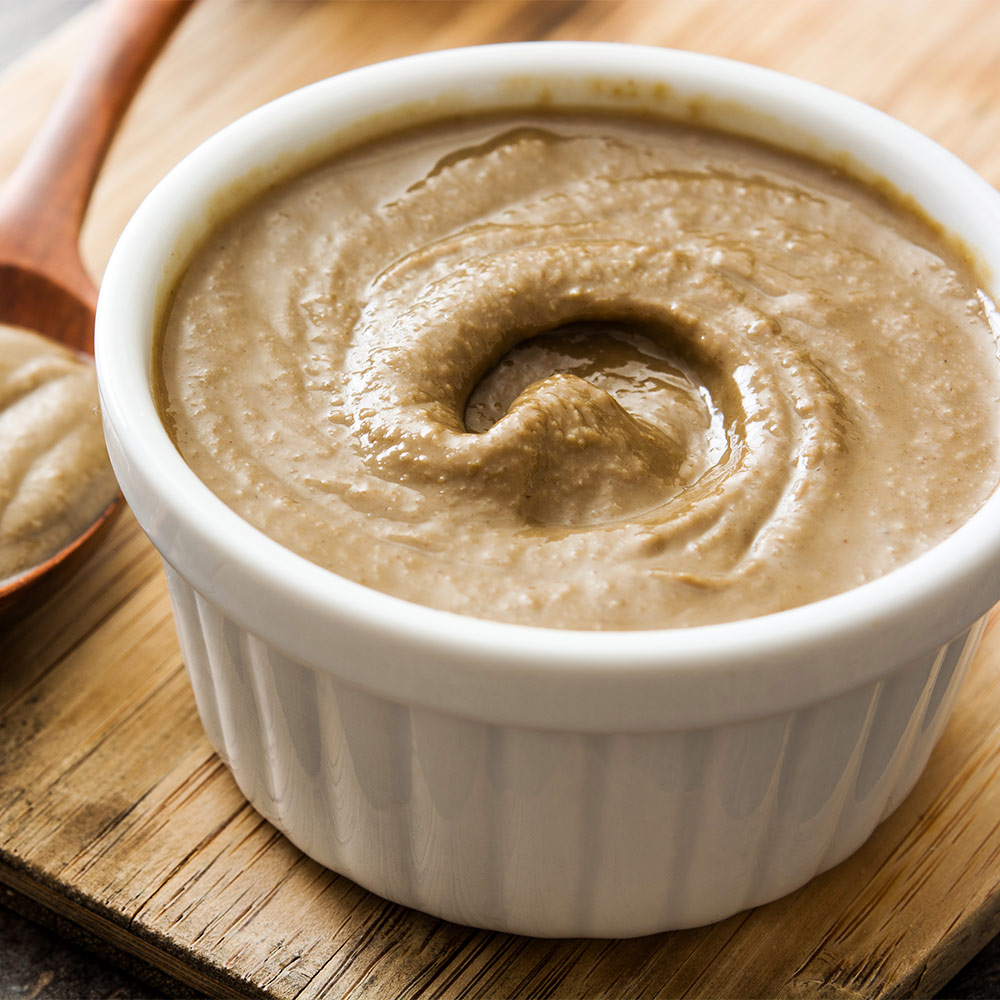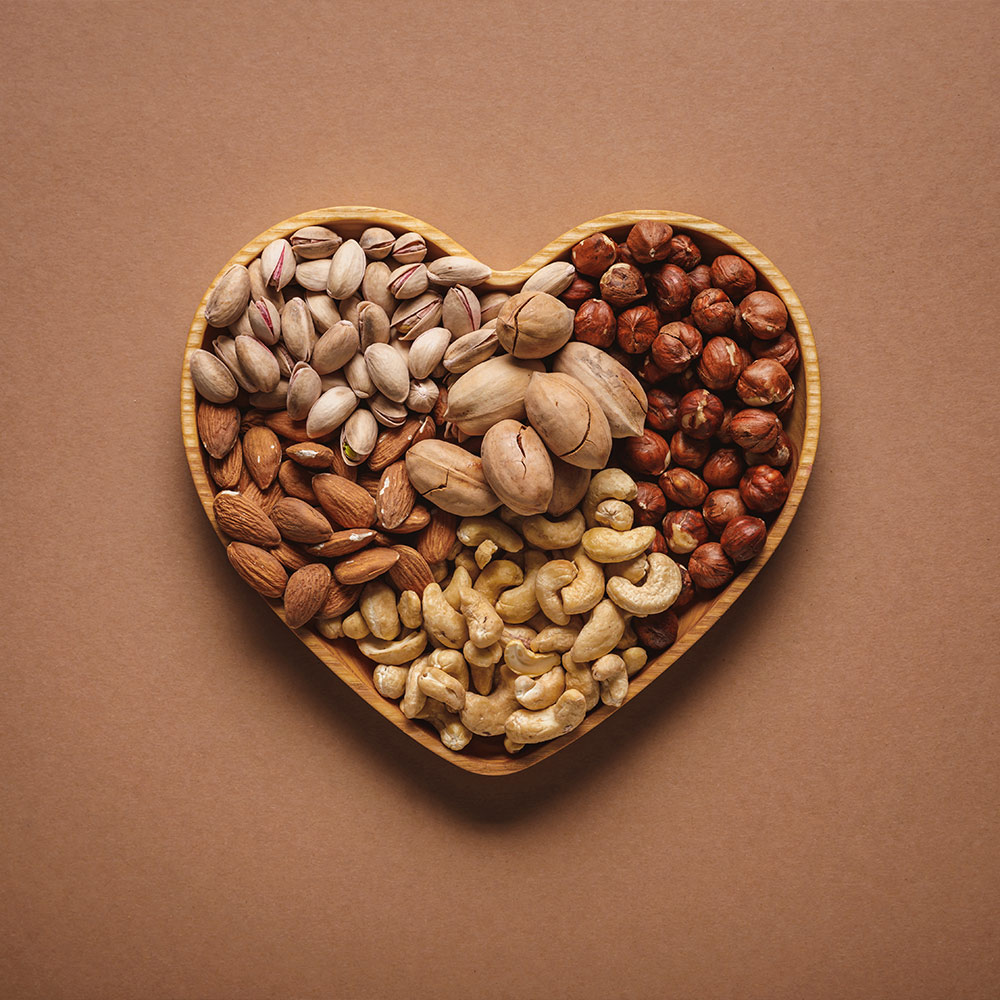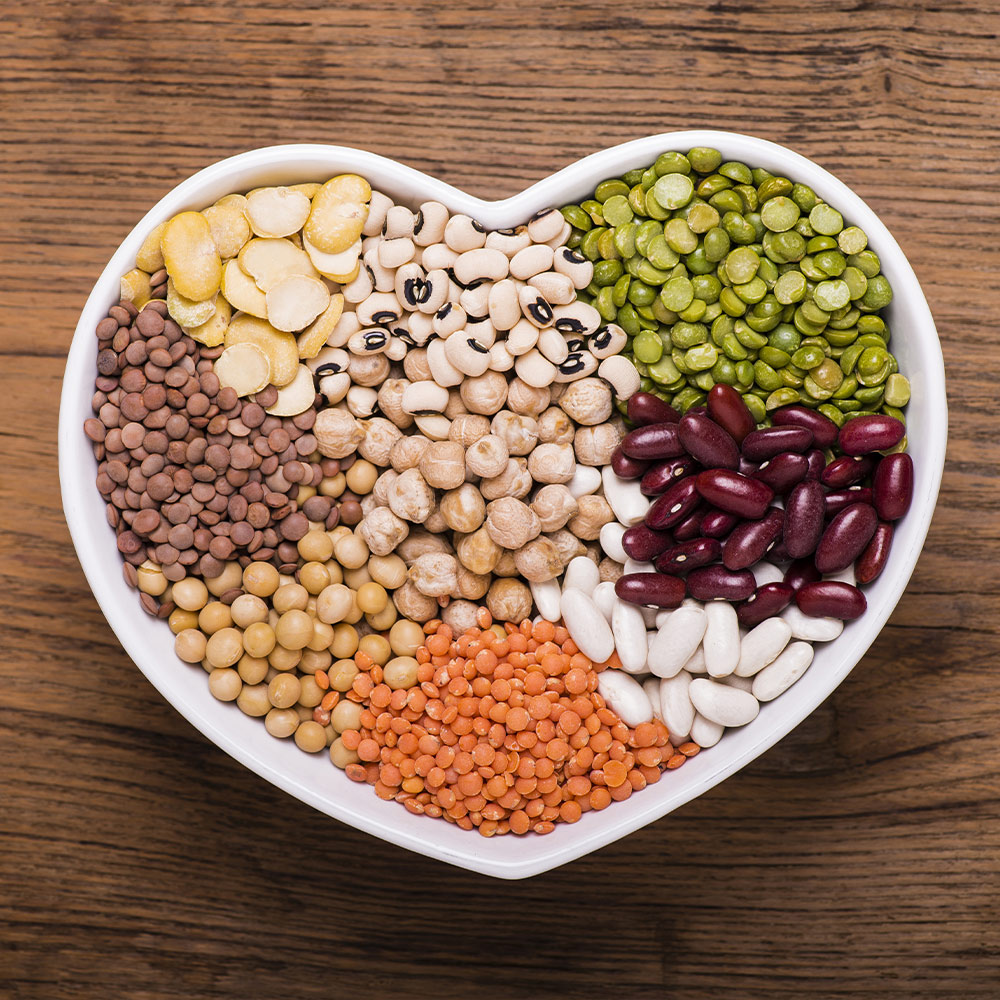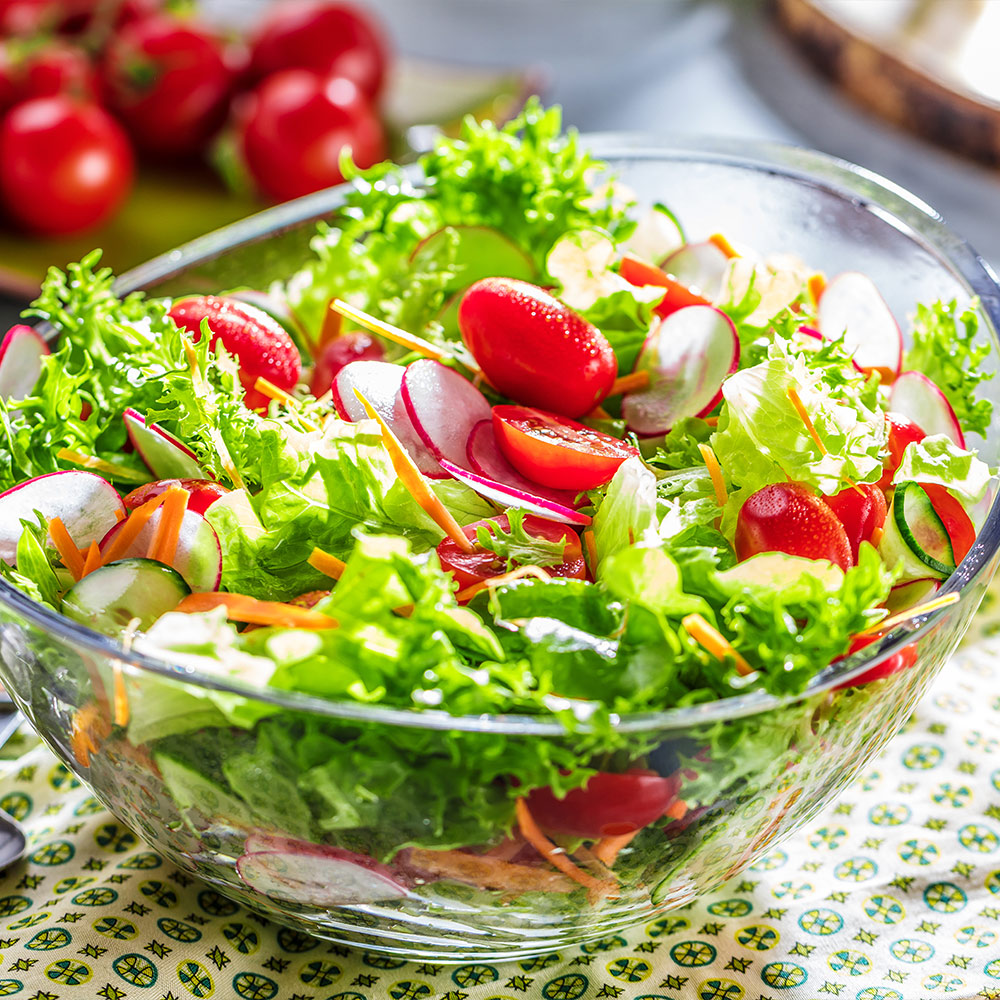WHAT HAPPENS TO OUR BODY WHEN WE CONSUME PROTEIN
The health benefits of it!

Lent, the 40 days leading up to Easter, is considered the most important fasting period for Orthodox Christians, preparing them to celebrate Holy Easter.
During this period, traditionally, believers do not consume red or white meat, fish (except on the national holiday of March 25th and Palm Sunday), dairy products, and eggs.
Some people choose not to consume red and white meat, but still eat other animal-based foods. Regardless of the fasting method chosen, one thing is certain: they will be adding certain nutritional "treasures" to their plates.
Tahini

Tahini has rightfully earned its place among superfoods, especially when made from 100% ground sesame seeds (which helps preserve all its nutritional properties). Tahini is rich in calcium, zinc, B vitamins, phosphorus, unsaturated fatty acids (mainly Omega-6), proteins, and magnesium.
Its composition offers cardiovascular protection, antioxidant, detoxifying, and bone protective benefits. Additionally, the fatty acids found in sesame help reduce cholesterol levels in the body. Due to its high fat content, it is recommended to consume it in moderation ,1 tablespoon per day is sufficient.
Nuts

Foods that are high in fat, dietary fiber, plant-based protein, vitamins, minerals, and trace elements. They act as antioxidants and anti-inflammatory agents. Regular consumption of these foods, in small amounts, has a protective effect against the development of Type 2 Diabetes, reduces triglycerides, lowers "bad" cholesterol, and increases "good" cholesterol.
Additionally, they help maintain proper gastrointestinal function and improve the functioning of the heart's arteries.
Legumes

A favorite dish in Greek cuisine and very rich in nutrients. Legumes are rich in dietary fiber, plant-based proteins, starch, vitamins (B), phytosterols, saponins, plant acids, and minerals.
During the fasting period, they play a central role at the table, whether in the form of soups, salads, patties, or even pasta. You can combine them with seafood to create an excellent source of high biological value protein.
Seafood

When we refer to seafood, we are talking about foods that come from the sea but are not fish. These foods are very low in calories and fat.
They contain high levels of cholesterol, and in the past, it was advised that people with high cholesterol avoid them. However, this has changed as it has been proven that the cholesterol found in a food does NOT affect cholesterol levels in the human body. It is the fat that raises cholesterol in the body. Therefore, seafood is safe to consume for all population groups, as long as there is no allergy to them.
Additionally, seafood contains vitamins (A, B, D), minerals, and trace elements (iodine, magnesium, selenium, zinc, and more). It is important to note that seafood caught in areas with high pollution may contain elevated levels of heavy metals, which can negatively impact our health.
If you notice an unpleasant odor or altered shape in any seafood, do not consume it. Finally, it is preferable not to fry them but to eat them grilled or cooked.
Vegetables

Vegetables take center stage during the fasting period, as there are many different ways to cook them and create complete meals. You can prepare them as stews, make pies, vegetable patties, salads, braised dishes, tomato-based dishes, soups, or combine them with rice, stuffed vegetables, spinach rice, cabbage rice, and leek rice.
Vegetables are rich in vitamins (B, C, E, A), minerals, and trace elements (calcium, iron, phosphorus, manganese, sodium, magnesium, and more). They are also high in water and low in calories.
For optimal intake of their nutrients, it is recommended to consume them frequently (5-6 servings/day) and in a variety of colors.
